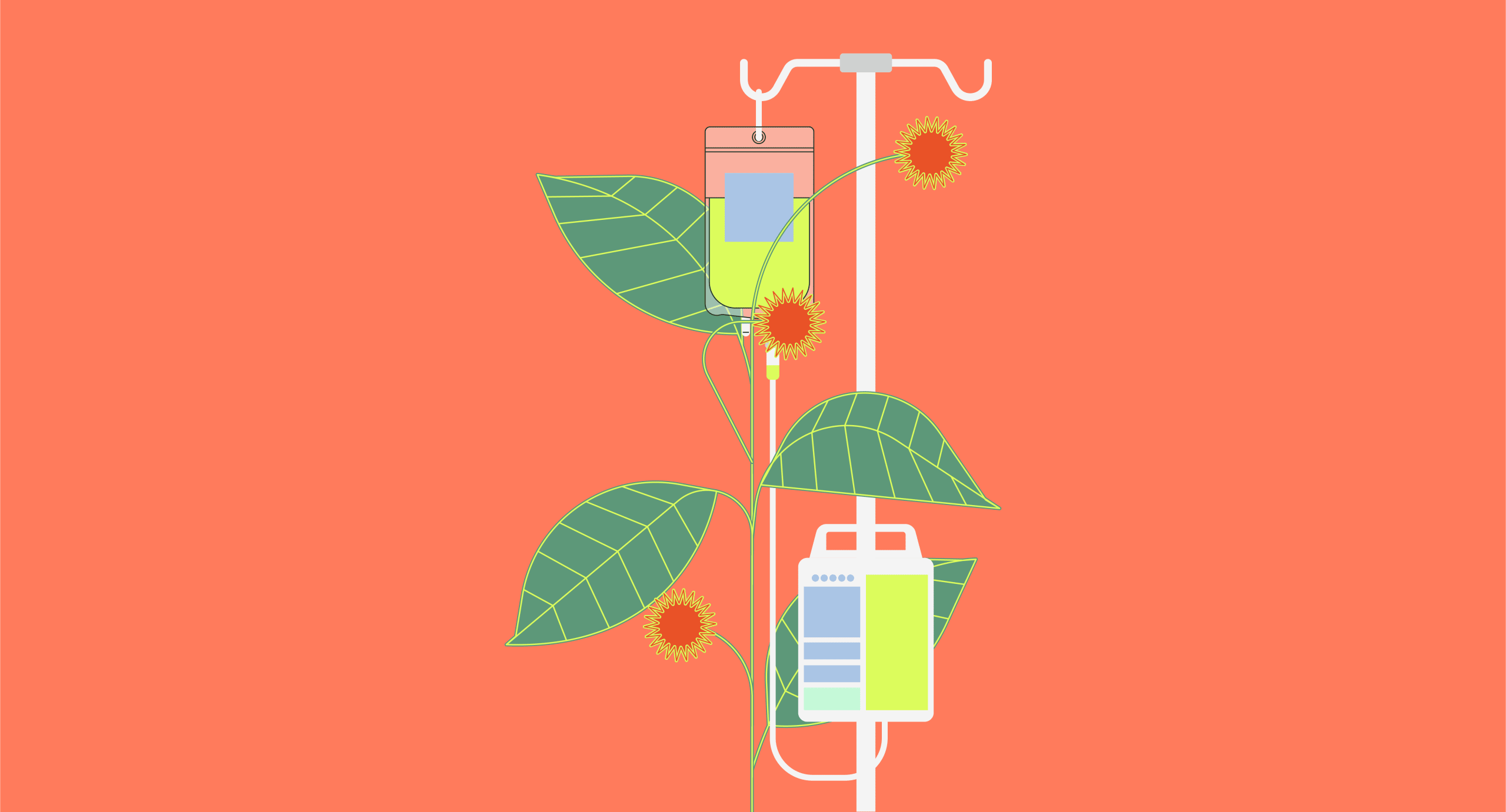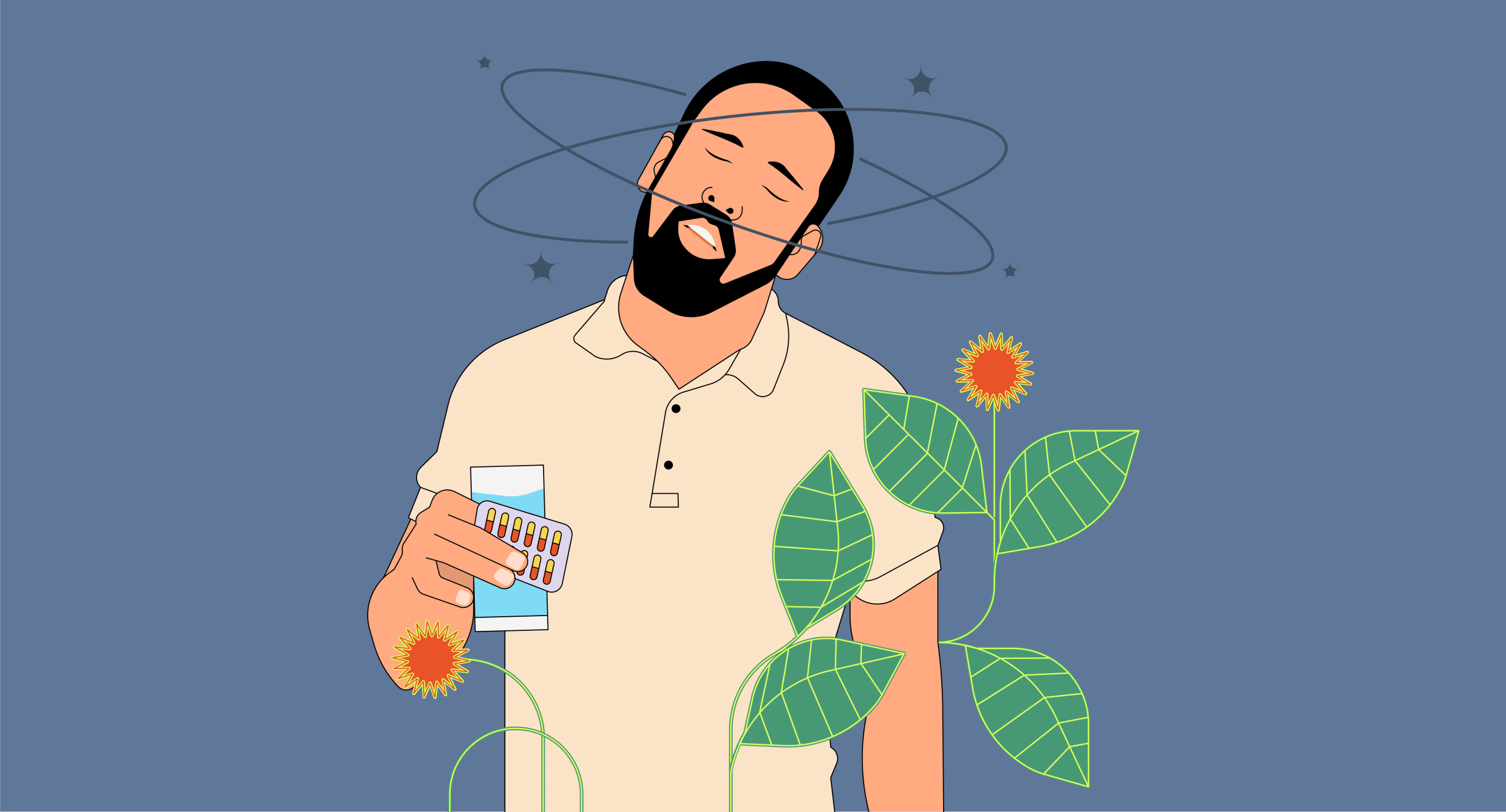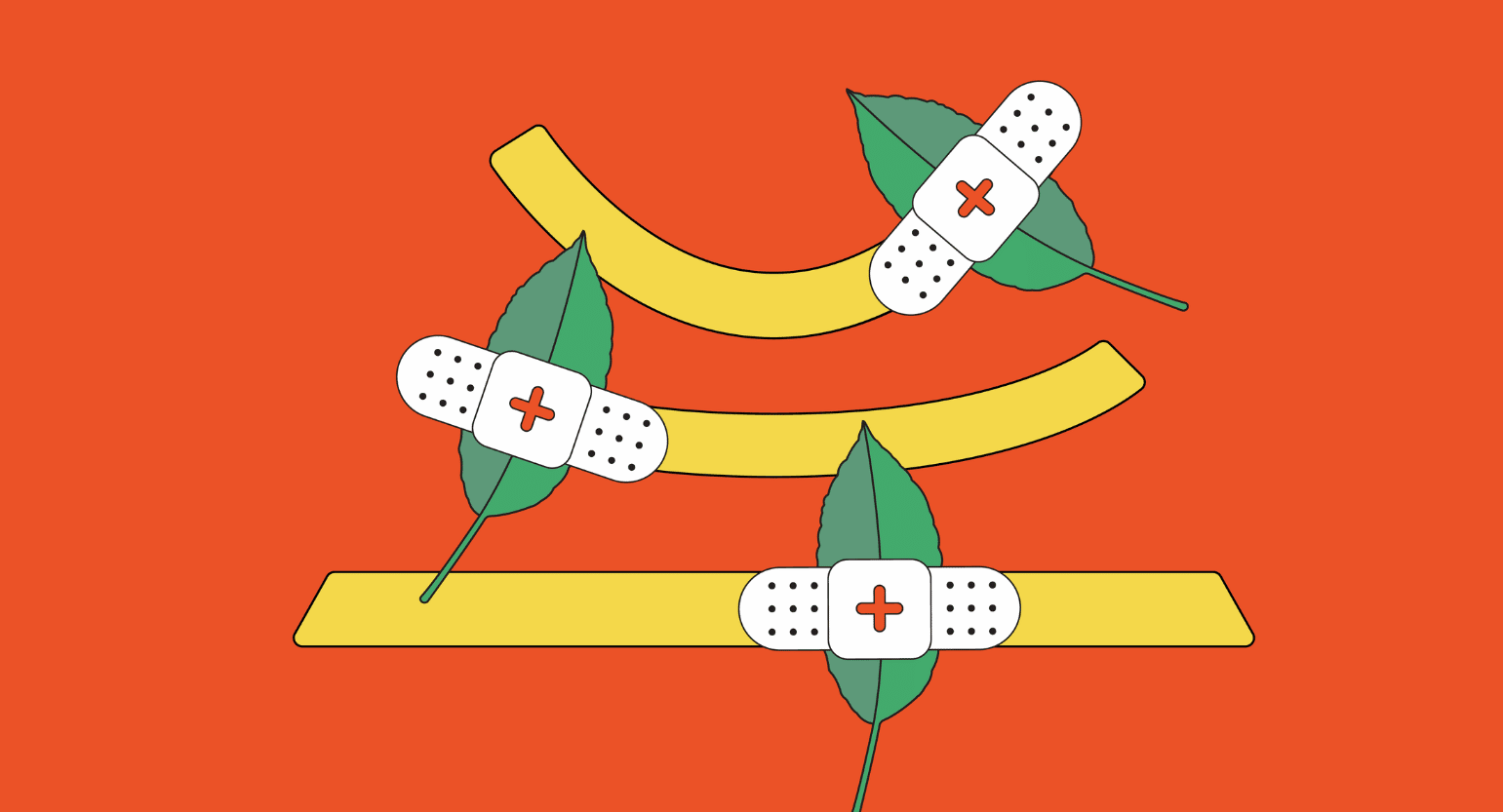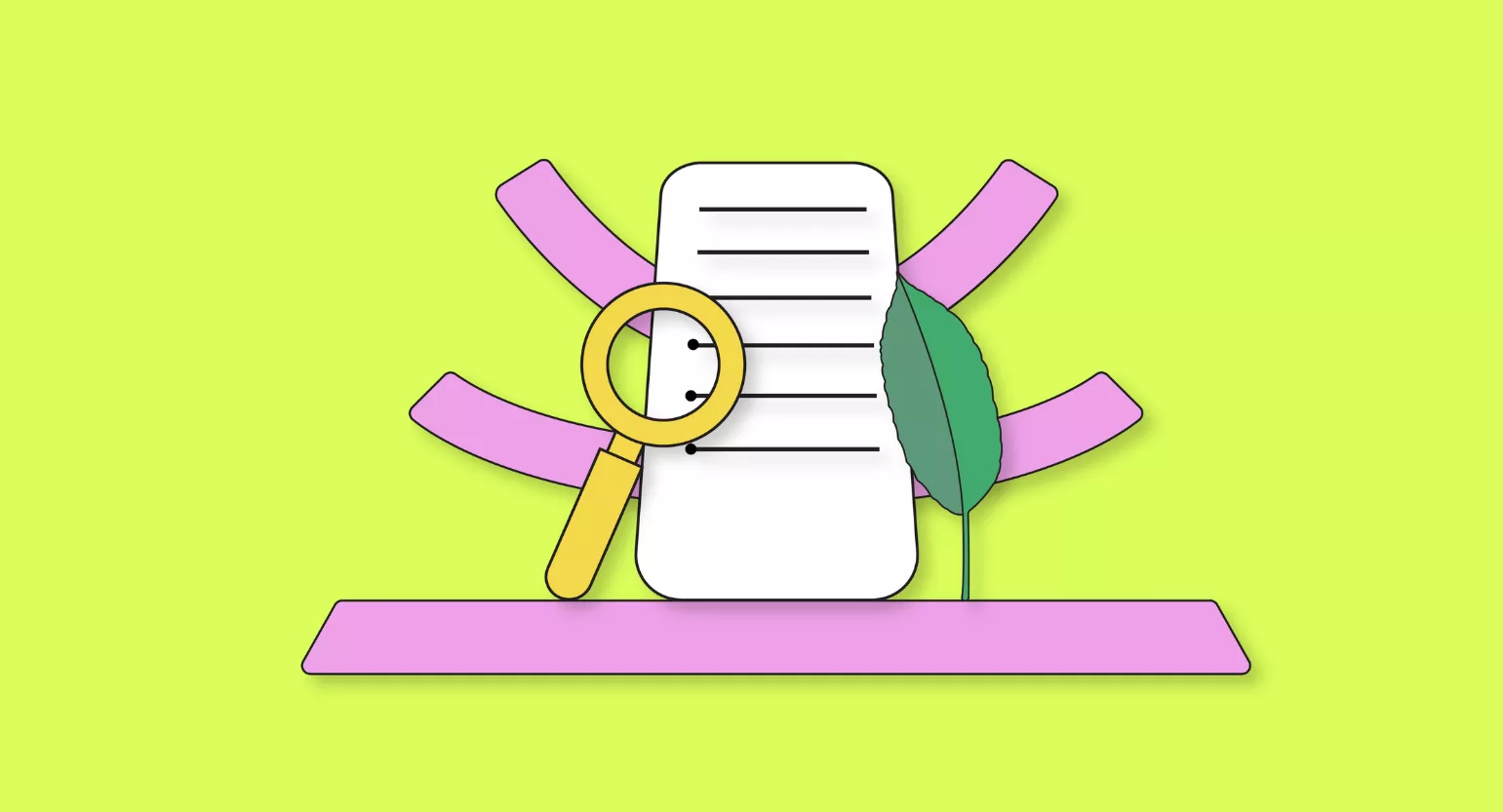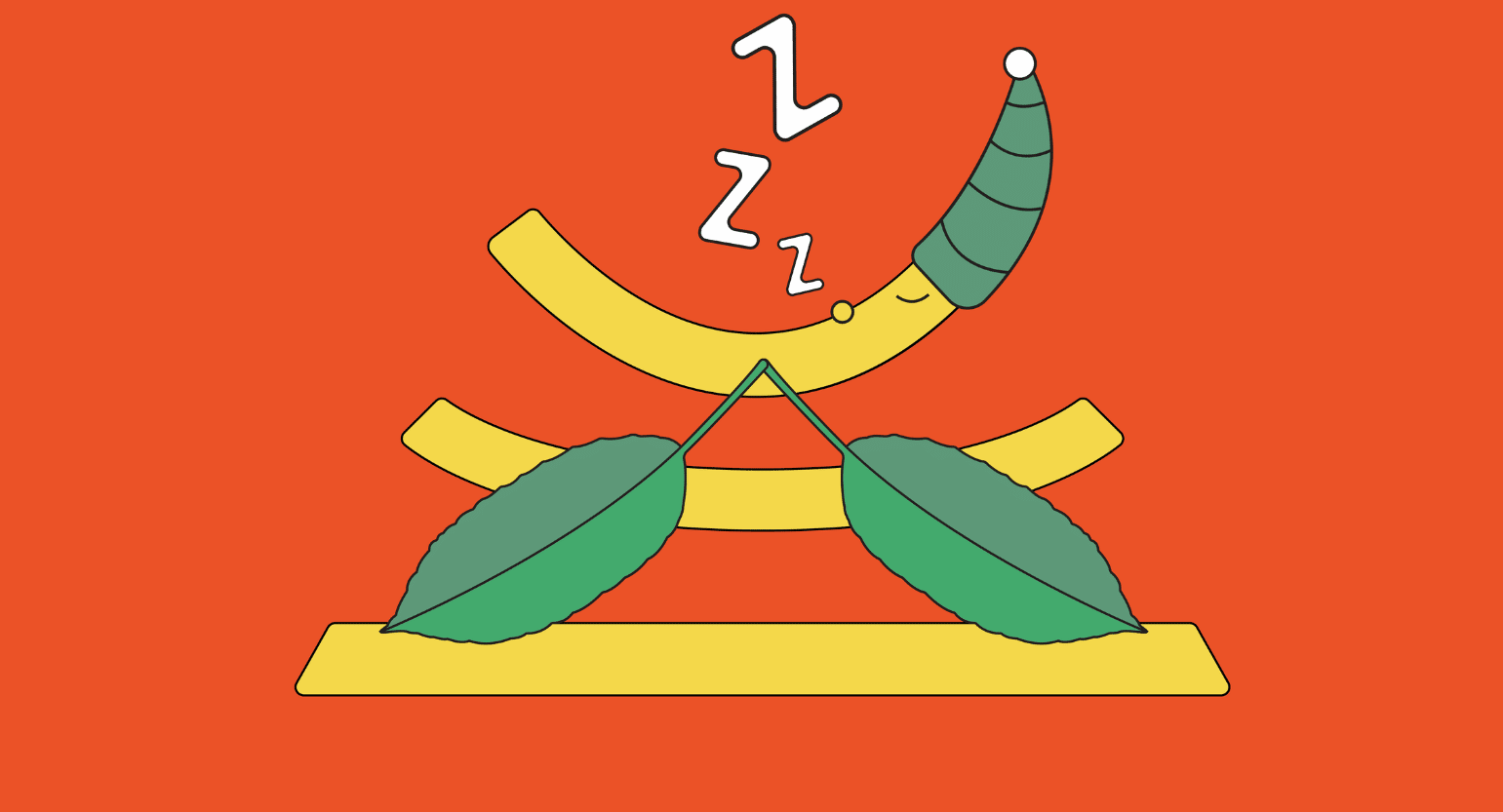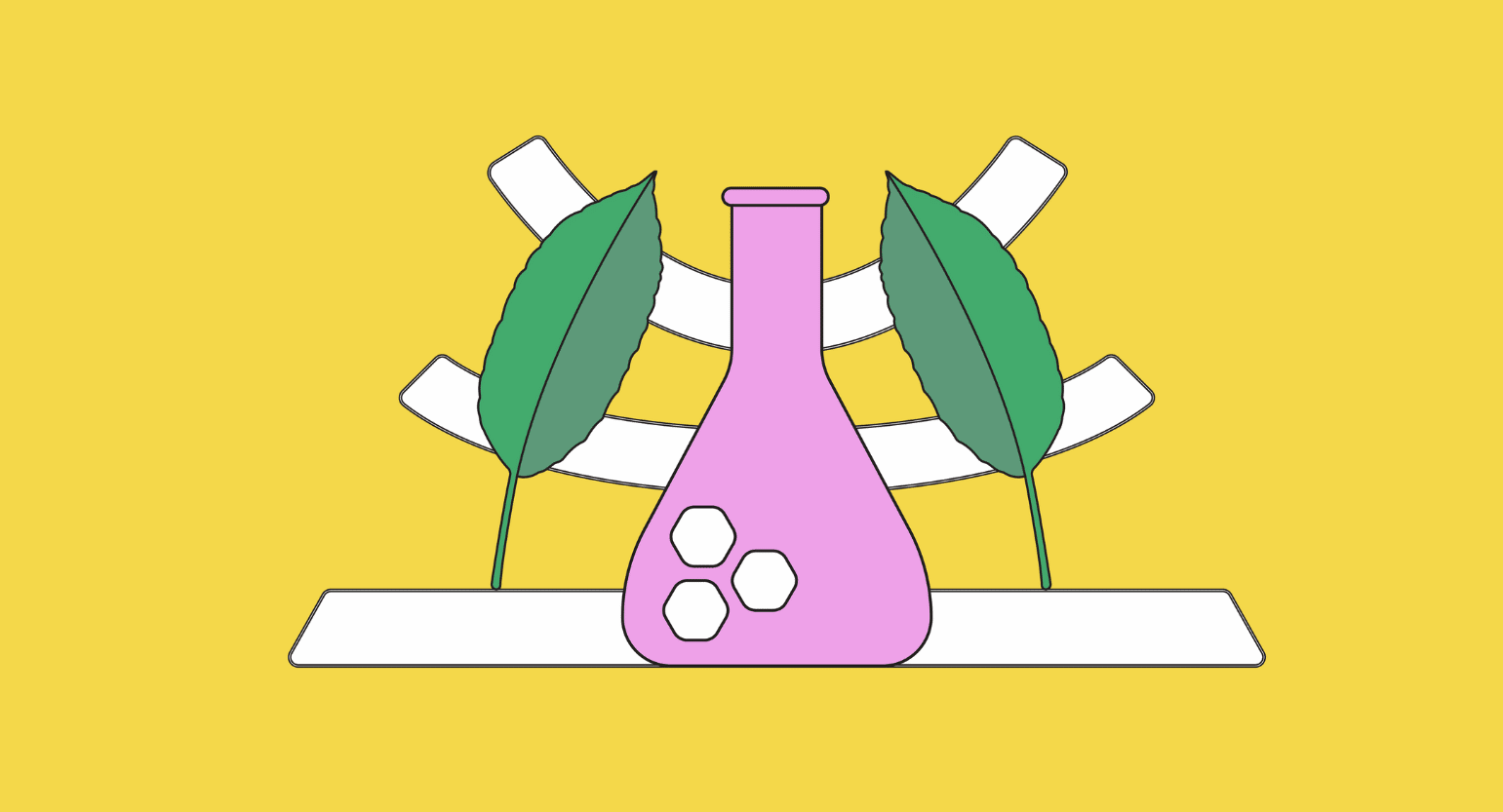Pain in Chemotherapy
There are several different ways that chemotherapy treatment may cause pain in patients. Let’s go over some of the more common types of pain associated with it.
Cancer Pain
Cancer pain is not a result of chemotherapy but a product of cancer itself. However, since it highly correlates with chemotherapy treatment, it bears mentioning.
The growth of cancer cells causes cancer pain and mostly depends on where the cancerous growth is located. Cancer cells frequently cause pain and discomfort by pressing or destroying sensitive body structures like nerves and blood vessels. Tumors can also release chemicals that cause pain.
Headache Pain
Many chemotherapy drugs can potentially cause headaches that can range in intensity. These types of headaches usually result in a sharp, steady, throbbing type of pain.
Oral Pain
Oral pain is a common feature of chemotherapy because the mouth contains many fast-growing cells most prominently targeted by chemotherapy. One of the most common adverse effects in the oral region is the development of mouth sores (oral mucositis) that can cause significant, although manageable, pain.
These mouth sores can become stressful, making it hard to eat, talk, swallow, and even breathe. The sores can also extend down into the esophagus. The good news is doctors have developed specific treatments to help treat the appearance of mouth sores such as targeted medication and cold therapy.
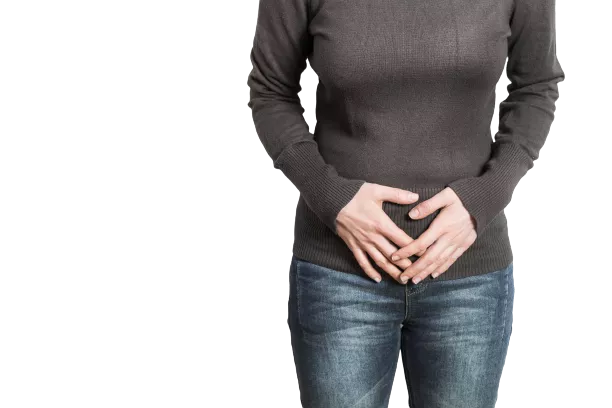
Abdominal Pain
Similarly to oral pain, chemotherapy drugs commonly cause pain and discomfort in the abdominal area because of the presence of healthy, fast-growing cells. The adverse reactions in the abdomen tend to be conditions that cause discomfort rather than pain, like constipation and diarrhea. However, common adverse effects can cause severe pain and represent significant health risks like appendicitis or pancreatitis.
When it comes to abdominal pain in chemotherapy, if you experience significant pain for more than 24 hours, you should alert your doctor immediately.
Peripheral Neuropathy
Peripheral neuropathy is a common chemotherapy-induced condition that can cause significant pain. It occurs because chemotherapy drugs cause damage to the nerves that control the sensations and movements of our arms, legs, hands, and feet.
Peripheral neuropathy manifests mainly in the hands and feet and can cause the following sensations:
- Tingling
- Burning or warm feeling
- Numbness
- Weakness
- Discomfort or pain
- Less ability to feel hot or cold
- Cramps
Unfortunately, there is a lack of pharmacological treatments to prevent or treat peripheral neuropathy. This is primarily due to the lack of understanding of how chemotherapy drugs affect sensory neurons. Evidence suggests that chemotherapy drugs induce peripheral neuropathy through various means, further complicating the situation [2].
Peripheral neuropathy is one of the side effects of chemotherapy that can prolong itself even after chemotherapy treatment has ceased.
Bone or Joint Pain
Certain chemotherapy drugs, especially those used to treat breast cancer, often lead to pain in the bones or joints. The cause of this pain is not well known, but it is thought that targeting fast-growing cells in the bone marrow by chemotherapy treatment is involved.
Bone or joint pain associated with chemotherapy can range from mild to severe. Usually, it manifests as a late-onset adverse effect and can prolong itself even after chemotherapy treatment.
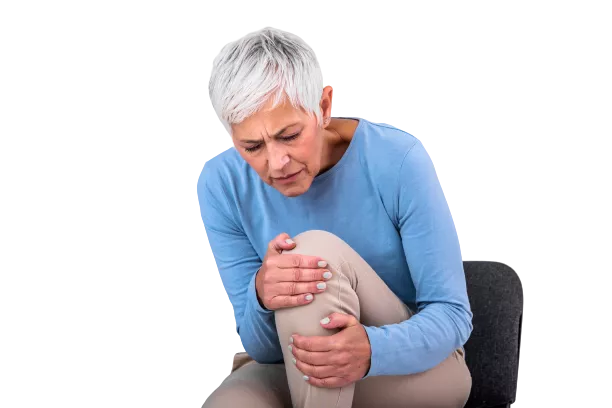
Other Forms of Chemotherapy-Related Pain
A common form of pain stemming from chemotherapy is myalgia (muscle pain), which can be caused by a number of different reasons. For example, when chemotherapy drugs are directly injected into an area, it is common for muscles in that area to develop myalgia. Another way for myalgia to grow is through the infection of red blood cells. Myalgia caused by chemotherapy usually occurs within two to three days of treatment and tends to resolve in four to seven days.
Extravasation is another chemotherapy-induced condition that can lead to pain. Extravasation is when a drug inadvertently leaks into the surrounding tissue or the subcutaneous space during IV infusions. Due to the harmful nature of chemotherapy drugs, extravasation can cause significant tissue damage, burning pain, and swelling at the injection site.
Extravasation can be caused by human error by the medical professional applying the chemotherapy treatment.
How to Manage Chemotherapy-Related Pain
Being familiar with and understanding the different types of pain due to chemotherapy is an essential part of being prepared to undergo this challenging form of treatment. If you’re about to start chemotherapy, you need to know the difference between common pains that don’t imply a significant health risk and those that you should immediately alert your doctor about.
Because of the exhausting nature of chemotherapy and the possibility of many different types of symptoms, chemotherapy pain is a generally undertreated phenomenon. Many leading cancer organizations recommend patients keep a pain diary to track all signs during treatment.
Patients should make a note of how severe the pain is, what kind of pain it is (stabbing, dull, achy, etc.), where the pain is, what tends to bring on the pain, and what offers relief or makes the pain worse, the treatments used for the pain, how effective they were, etc. The more you can help your doctor understand what you’re going through, the better.
Lastly, you should never be reluctant to mention your pain symptoms to your doctor. It might seem silly to mention this, but many patients feel the need not to “bother” their doctors excessively. They might also fear that increased pain means their cancer worsens and become reluctant to discuss it.

What Drugs Are Used to Manage Pain During Chemotherapy?
There is a wide variety of drugs used for analgesic purposes during chemotherapy. As always, the treatment chosen will impact the specific particularities of each case and what type of pain arises.
The medications often used to treat chemotherapy pain include:
- Over-the-counter pain relievers: Pain associated with milder conditions, such as mouth sores and low-level myalgia, can be treated with common store-bought medications such as aspirin, acetaminophen, ibuprofen, etc.
- Opioid medications: Several forms of opioid-derived drugs treat severe types of chemotherapy-induced pain. Some examples are oxycontin, morphine, oxycodone, etc. Due to the controversies surrounding the opioid epidemic and the ever-present danger of developing an addiction, some doctors may be more hesitant to prescribe these medications to their patients. This is just one of the reasons chemotherapy patients need to be assertive when describing the type of pain they feel.
- Other prescription medications: Other forms of prescription medication can treat cancer pain. There is a vast swathe of medicines that fit this description. For instance, nerve blockers that inhibit pain signals sent to the brain or powerful anti-headache drugs.
One factor that limits the treatment for chemotherapy pain is how each drug will interact with the cytotoxic agents and any other drugs the patient must take. These considerations are left up to the doctors as drug interactions can be complex and involve myriad factors.
As a patient, the only thing you need to be sure to do is to make sure to report all drugs you use to your doctor. Don’t leave anything out, as a seemingly harmless drug could have devastating effects when combined with another compound.
Non-Pharmacological Treatments for Chemotherapy Pain
Many leading cancer organizations recommend several non-pharmacological treatments to help deal with chemotherapy pain.
The leading forms of non-pharmacological treatments include [3]:
- Massage: There are two ways massages often seem to contribute positively to pain management. Massages reduce stress and anxiety, which are usually quite elevated during chemotherapy treatment. The manipulation of tissues through traction and pressure can also help alleviate certain forms of chemotherapy-induced pain, like myalgia.
- Acupuncture: Acupuncture has positive effects by relieving nausea and vomiting during chemotherapy and can reduce pain symptoms. The effectiveness of acupuncture is usually explained through the gate control theory of pain management, which states that a certain sensory stimulant can be suppressed through another stimulant.
- Relaxation exercises: Activities that promote relaxation, such as yoga, meditation, and tai-chi, are positively correlated with the reduction and management of pain symptoms.

Is Kratom Effective at Treating Chemotherapy-Related Pain?
This depends mainly on what sort of pain you plan on treating with kratom. Kratom is an excellent choice for the treatment of chronic pain or low-intensity acute pain, even though it’s not as strong as other medications. It can be ingested more frequently than pharmacological painkillers and has far less chance of provoking adverse side effects or physical dependence.
For example, if your chemotherapy treatment is causing you a dull, throbbing-like pain in your muscles, then kratom could be a great choice. However, if the pain is more acute and of higher intensity, then kratom will likely not offer you much relief.
But there is another benefit to taking kratom. Chemotherapy and cancer, in general, can have a devastating emotional effect on the patient. Often times patients have to deal with depression on top of all the physical pain related to cancer treatment.
Kratom is a good choice because, besides providing analgesic effects, it also has anti-depression benefits! Treating depression is an important part of managing the adverse effects of chemotherapy because it can make a patient much more responsive to treatment. In this way, kratom can help kill two birds with one stone.
However, you must pick the right kratom strain for the job — in this case, red vein kratom strains. Compared to other strains, red-veined kratom places a much larger emphasis on the pharmacological aspect of the kratom spectrum and provides potent pain relief and anxiety/depression relief.
The best strains for pain relief include:

What is Chemotherapy?
Chemotherapy is one of the standard cancer treatments. Essentially, it involves the use of potent drugs that attack cancer cells and prevent them from growing and spreading. Chemotherapy is a rough form of treatment because the drugs it uses are cytotoxic, which means they are toxic to cells.
Chemotherapy drugs target all cells, not just cancer cells. They primarily target types of cells that have a high rate of reproduction, like cancer cells. However, this also means they heavily target other types of cells with a fast turnover, like the cells responsible for hair growth and those that keep your gastrointestinal system in check. This is why hair loss and nausea are such common chemotherapy side effects.
Chemotherapy treatment usually lasts around 3 to 6 months, although it can take more or less time, depending on the specifics of each case. Since chemotherapy is so rough on the body, it is administered in cycles that generally take place anywhere from 2 to 6 weeks. Rest periods help the body recover and replace some of the healthy cells destroyed by chemotherapy.
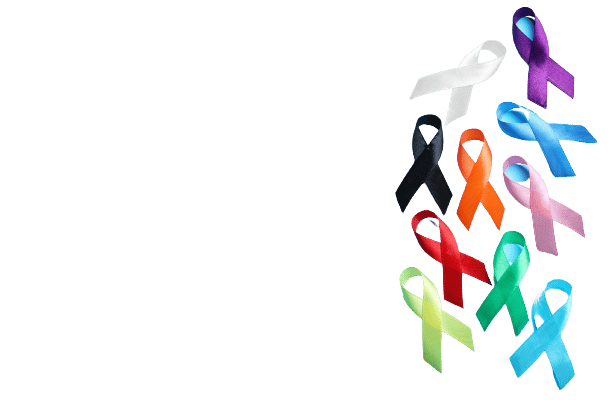
How Does Chemotherapy Work?
It might seem surprising, but chemotherapy treatment was first posited when doctors and scientists looked into the effects of chemical weapons used in WWI, like mustard gas. They noticed that agents in these weapons affected bone marrow cells in a way that stopped them from being able to reproduce quickly, which is one of their main features and something they share with cancer cells.
Doctors then began experimenting with these cytotoxic chemical agents until they found treatments that worked to stop cancer growth but, simultaneously, caused more good than harm to the patients.
The first chemotherapy drugs, called alkalizing agents, worked by attacking and damaging the building blocks of DNA’s double helix structure. They can effectively target cancer cells because the fast-acting reproduction of these cells means they must expose their DNA more frequently in order to copy themselves. However, this also means that healthy cells that reproduce quickly are also targeted.
Another form of chemotherapy treatment involves the use of compounds called microtubule stabilizers. These compounds limit the function of certain tube-like structures that cells use to assist themselves in cell division and DNA replication. By prohibiting the completion of this process, the cells cannot divide and thus die.
There are six main classes of chemotherapy drugs: alkylating agents, plant alkaloids, antitumor antibiotics, antimetabolites, topoisomerase inhibitors, and others that are harder to classify. Chemotherapy drugs mostly share the primary function of disrupting the process of cell division, which is inherently a feature of cancer cells. However, some drugs attack cancer cells through other means, like the stimulation of your immune system, for example.

In What Forms is Chemotherapy Administered?
Chemotherapy can be administered in several different formulations:
- Chemotherapy infusions: Chemotherapy is most often given via intravenous injection into a vein through a catheter.
- Chemotherapy ports: Sometimes, other types of catheters, known as ports, are used. Ports can be left in the body for a longer period than regular IV catheters. Ports reduce the number of needles required, deliver more than one drug at the same time, and administer long-term treatments.
- Chemotherapy injections: Chemotherapy can also be administered via injections, similar to a vaccine.
- Chemotherapy tablets: Treatment may be administered orally through pills or tablets.
Chemotherapy drugs can also be administered to a specific area of the body or directly onto the cancer itself. For example, a device that carries chemotherapy drugs can be placed near a tumor during surgery. Then, over time, the device releases chemotherapy drugs directly into the cancerous mass.

What Are the Different Types of Chemotherapy?
There are many types of cancers and many types of chemotherapy drugs used to fight them, but all these factors can be reduced to four basic types of chemotherapy treatments.
1. Curative Chemotherapy
Curative chemotherapy aims to completely rid (i.e., cure) the body of cancer. When engaged in curative chemotherapy, doctors hope there is no evidence of cancer at the end of the treatment. If this state is achieved, however, there is still no guarantee that cancer does not remain in the body. The possibility of remission still exists.
2. Adjuvant Chemotherapy
Adjuvant chemotherapy is performed after surgery to remove the majority (or hopefully all) of the cancerous growths in the body. The goal of adjuvant chemo is to ensure that all possible remaining traces of cancer are destroyed. Surgery is often unable to do the job completely, so adjuvant chemotherapy is necessary.
3. Neoadjuvant Chemotherapy
Neoadjuvant chemotherapy is slightly different from adjuvant chemotherapy. Instead of after, chemotherapy is employed before a surgical procedure. The goal of neoadjuvant chemotherapy is to reduce the cancerous mass to a more manageable size in order to make the surgical procedure easier and less dangerous to the patient.
4. Palliative Chemotherapy
Palliative chemotherapy is different in that its primary goals are not curative. Doctors engaged in palliative chemotherapy don’t entirely forego the possibility of curing cancer, but it is no longer the objective of treatment; optimizing symptom control and improving quality of life become the main objectives.
Palliative chemotherapy is more commonly associated with the terminal and late-stage cancers and occasions where surgery to remove the tumor is not an option. (i.e., when the chances of survival are lower than other cancers).
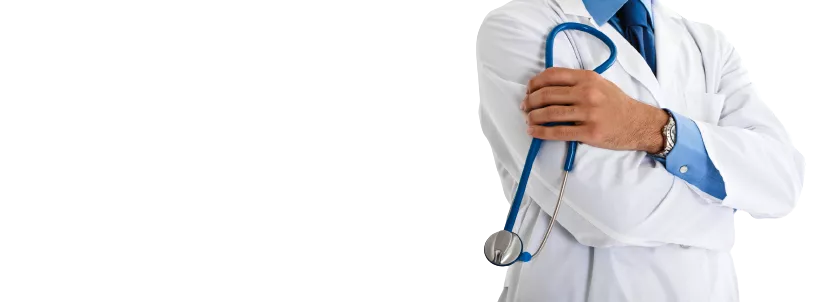
Side Effects of Chemotherapy
Chemotherapy treatment is quite varied, and thus, many side effects are associated with it. Many have the potential to cause significant pain. However, keep in mind that chemotherapy treatment is highly differentiated on a case-by-case basis.
Some patients experience minimal side effects, while others are subject to a whole swathe of adverse effects. It mostly comes down to the type of cancer and the type of treatment applied to it.
Common side effects of chemotherapy include:
- Anemia (low red blood cell count)
- Chemo brain (affects concentration and focus)
- Chronic fatigue
- Constipation
- Diarrhea
- Easy bruising and bleeding
- Fertility issues
- Hair loss
- Infection
- Nausea and vomiting
- Numbness and tingling
- Pain when swallowing
- Peripheral neuropathy
- Reduced appetite
- Reduced sexual function and libido
- Soreness of the mouth, tongue, and throat
- Urine and kidney problems
Late-term side effects of chemotherapy include:
- Blurred vision
- Bone loss
- Light sensitivity
- Memory loss
- Sleep disturbance
- Weak joints
Rarer chemotherapy side effects include [1]:
- Acneiform eruptions (skin condition similar to acne)
- Acute hemolysis (damage to red blood cells)
- Epiphora
- Neutropenic enterocolitis (inflammation of the intestines)
- Pancreatitis (inflamed pancreas)
Most side effects of chemotherapy go away once treatment is complete, but certain side effects may remain weeks, months, or even years after completing chemotherapy. The immune system, in general, also takes a while to recover.

Conclusion: Managing Chemo Pain
The pain and discomfort felt throughout chemotherapy are often overwhelming for most patients. It’s crucial to arm yourself with the knowledge to correctly deal with and identify the many sources of chemotherapy-related pain. Proper knowledge can help doctors and oncologists accurately identify the optimum treatment, increasing the chances of a patient responding positively to chemotherapy.
- Morgan, C., Tillett, T., Braybrooke, J., & Ajithkumar, T. (2011). Management of uncommon chemotherapy-induced emergencies. The Lancet Oncology, 12(8), 806-814.
- Fehrenbacher, J. C. (2015). Chemotherapy-induced peripheral neuropathy. Progress in molecular biology and translational science, 131, 471-508.
- Singh, P., & Chaturvedi, A. (2015). Complementary and alternative medicine in cancer pain management: a systematic review. Indian journal of palliative care, 21(1), 105.

